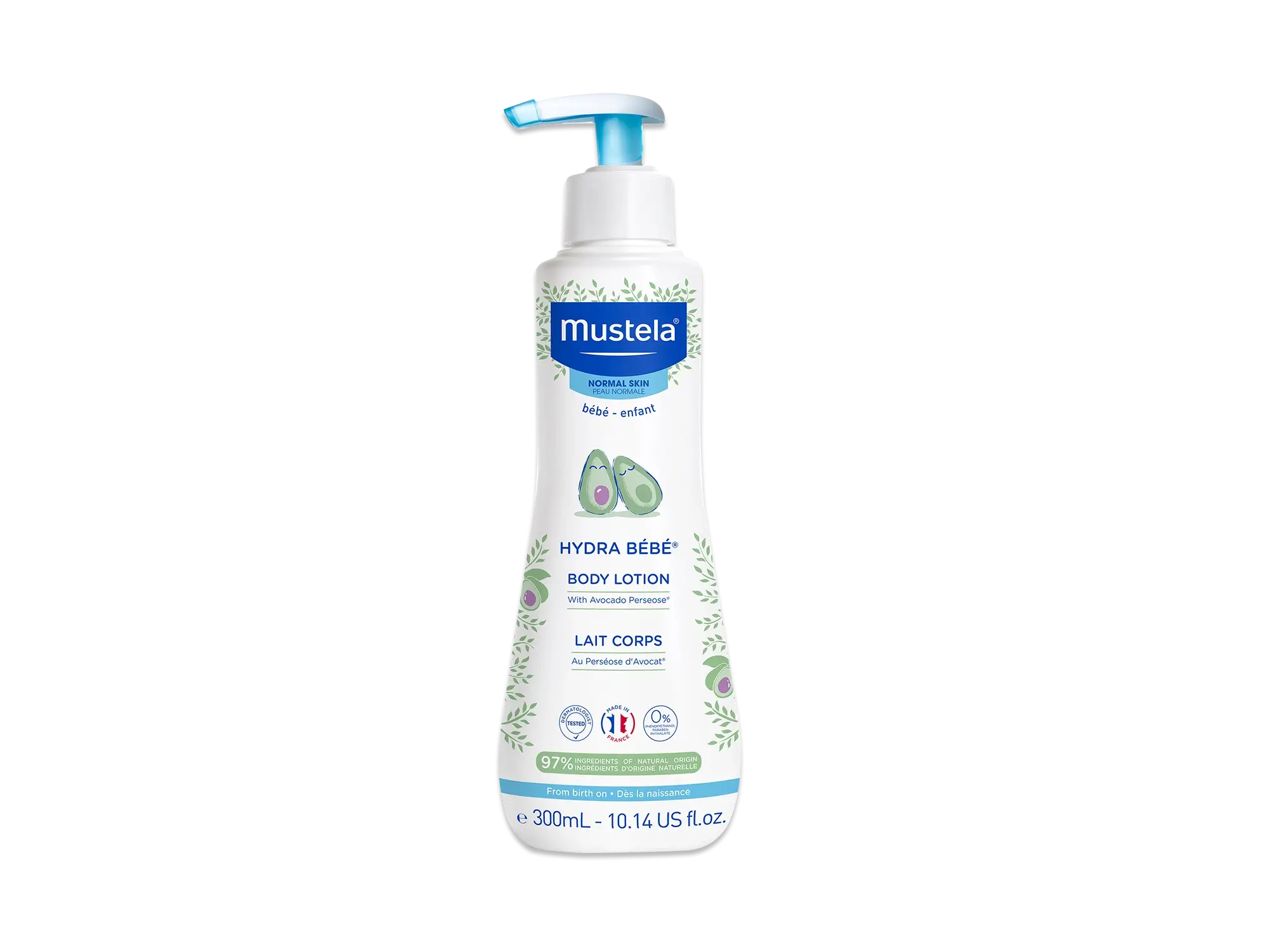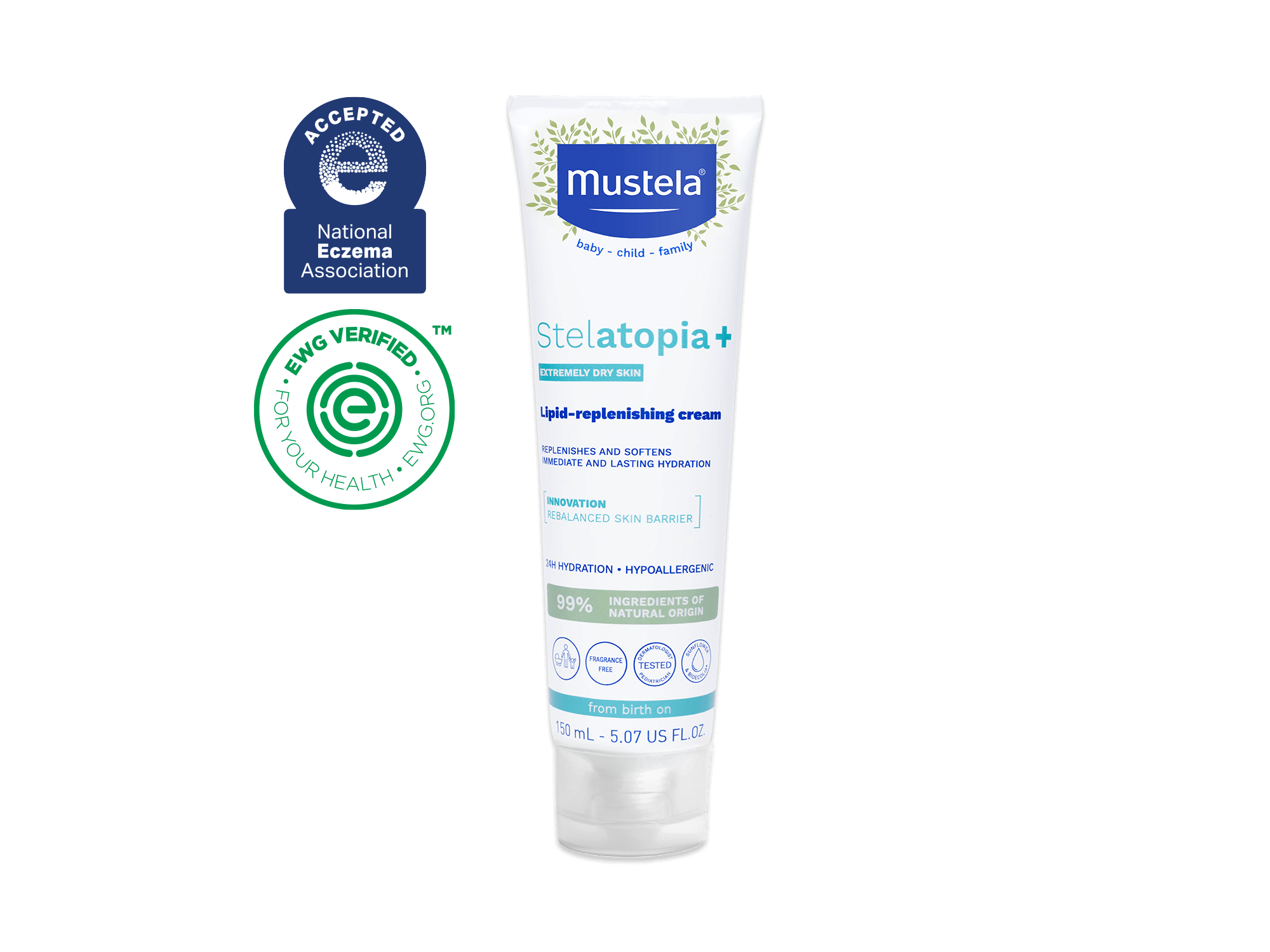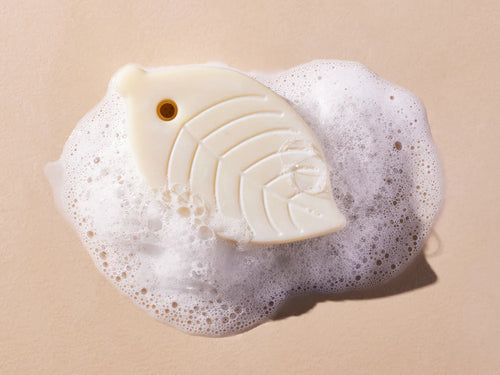There are a number of important milestones that your baby will reach early in life. From simple tasks like sitting up or lifting their head to more advanced movements like rolling over, these little achievements are always heartwarming. But there’s nothing quite like witnessing your baby crawling for the first time!
In this post, we’ll explain everything you need to know about baby crawling. We’ll tell you when you can expect to see your baby crawl, and we’ll give you 10 simple ways you can help your little one reach this milestone!

When Do Babies Start To Crawl?
Many parents are anxious to see their baby crawl and closely monitor their baby’s developments. Of course, there’s absolutely nothing wrong with that! However, it’s important to remember that all babies are different and follow a different development path.
Also, it’s important to remember that rolling over comes before crawling.
Rolling Over
Some newborns may start rolling over early on but take a long time to begin crawling. Other infants may be late to start rolling over but begin to crawl and walk soon thereafter. Each child is unique.
Generally speaking, babies begin rolling over at around three to five months old. Your baby might roll over from their back to their tummy or vice versa, or they might simply do a half-roll onto their side. Whichever way your baby rolls, it’s an accomplishment to be celebrated!
As far as safety is concerned, once your baby gets the hang of rolling over, they’re mobile and can probably get where they want to go! Even if they aren’t standing or crawling yet, you’ll probably need to do a bit of babyproofing and tidying up.
But one of the biggest things to keep in mind is that you should never leave your baby alone on the changing table. This even goes for babies who haven’t rolled over yet since you can never quite know when they will make that first flip.
So, when changing your baby’s diaper, gather all of the supplies you’ll need ahead of time and always keep a hand on your baby.
Expert tip: Opt for diaper wipes and cream with natural and organic ingredients, like Mustela’s Diaper Cream with Olive Oil and Aloe.
Crawling
Most babies begin to crawl somewhere between six and 10 months of age. As with rolling over, there are several different ways in which your baby might begin to crawl.
For instance, your little one may start to wiggle across the floor on their belly. Or they may push themselves around with their legs. Others still may use their arms to pull their tiny bodies around. There’s no right or wrong way to crawl!
It’s also important to note that there is no conclusive evidence that babies who crawl earlier in life become smarter, stronger, or healthier later in life.
Some research suggests that infants who start crawling earlier on may develop stronger motor and sensory skills as children. However, other research finds the complete opposite—that there is no link between early developmental milestones and cognitive abilities in children ages six to 11.
The moral of the story is this: you don’t need to worry if your baby is a late crawler! Just keep giving them plenty of TLC and follow the 10 tips below.

12 Tips To Get Your Baby Crawling
Whether your little one is still a newborn or has reached the six-month mark and is already rolling over, you’re probably anxiously awaiting the day your baby starts crawling!
Here are 12 great ways to help your bundle of joy along their developmental path.
1) Give Your Baby Plenty Of Tummy Time
One of the most important things you can do to help your baby’s muscles develop is to give them plenty of tummy time. Put simply, this is just time that you allow your baby to spend on their tummy.
This position is beneficial for the muscles in your baby’s arms, legs, back, and neck—all of which help your baby crawl. Tummy time often works best in your baby’s room or nursery so that they can have a personal space in which to feel comfortable.
The important thing to remember about tummy time is that it should always be supervised by you or another adult. And tummy time is only for your baby’s waking hours! You should always put your baby to sleep (for both naps and nighttime) on their back.
Now that we’ve covered that, let’s talk about the when and where of tummy time.
When To Have Tummy Time
First of all, if you’re reading this article before your little one has come into the world, plan on starting tummy time as soon as you get home from the hospital.
Newborns can do three- to five-minute sessions of tummy time three or four times a day. This increases to 15 to 20 minutes at a time for three-month-old babies and 20 to 30 minutes for six-month-olds.
As we mentioned, tummy time should be done when your baby is awake and, ideally, in a good mood!

Where To Have Tummy Time
As far as where to do tummy time, that is mostly up to you.
Especially for little babies, you can easily set them on your lap or lie down and place them on your chest for a few minutes of tummy (and bonding!) time. Or, simply lay a clean towel or blanket on the floor and place your baby there.
Regardless of where you and your baby are, make tummy time enjoyable! Get on the floor with your little one, bring toys, or talk and sing to them.
And don’t forget: If you take your baby outside for some fresh-air tummy time, provide sun protection and apply sunscreen if needed. Give your baby’s skin the best of the best with a mineral sunscreen such as Mustela’s SPF 50 Mineral Sunscreen Lotion.
2) Encourage Your Baby To Play With Their Hands Elevated
Another way to help your baby’s muscles grow is to have them play with their hands elevated. Try putting their arms on top of a pillow or stuffed animal during tummy time.
You can also encourage them to put their hands onto elevated objects (e.g. furniture or toys) while they’re sitting down. Just be sure to supervise so your baby doesn’t fall over!
3) Lift Your Baby Off The Floor
Getting your baby ready to crawl is all about strengthening their pint-sized muscles! Help your little one get a leg workout by lifting them off the floor just a bit.
You can pick your baby up by the arms or armpits just enough to support their body weight but not so much that their feet leave the ground. This allows your baby to practice the motion of walking and will help strengthen their legs.

4) Let Your Baby Play In Front Of A Mirror
A mirror is a great addition to tummy time. Take advantage of your little bundle of joy’s natural curiosity, and let them play in front of a mirror!
They will want to investigate their own reflection, which will lead to holding themselves up and reaching out toward the mirror. These movements will help get your baby crawling in no time!
Setting up a special area that motivates your baby to move around can go a long way in helping them to start crawling. A mirror that is carefully placed on the floor can be part of this space.
The area should be safe and hazard-free but, even still, you should always supervise your little one.
In addition to a mirror, toys can be great motivators. That brings us to our next point.
5) Use Toys To Encourage Crawling
Nothing gets people moving like a little reward! The same is true for babies; they just need the right incentive. Place your baby’s favorite toys—or a brand new one—in front of them during tummy time.
You can place toys just out of their reach during playtime, too.
Put your baby in a sitting position on the floor and set toys in front of them, slightly to the right or left. These toys should be barely out of their reach—far enough so that your little one has to move around to get them but not so far that they get frustrated!
Play tunnels are also a great way to encourage crawling, and they don’t have to be fancy! You can buy your little one a play tunnel or you can make one by putting a blanket over a couple of kitchen chairs.

6) Take Your Baby Out Of Supportive Devices
Strollers, high chairs, car seats, and walkers are all essential items for your baby. However, they can actually impede your baby’s muscular development.
Because these items provide so much support, your little one isn’t forced to use their own muscles to support their weight. This can lead to delayed development, so be sure to limit time in supportive devices.
7) Allow Your Baby To Play On All Sides
During playtime, try moving your baby into different positions and allowing them to play on all sides. An even mix of right side, left side, back, and tummy will help your little one’s body become strong and healthy.
8) Hold Your Baby In A Crawling Position
To get your baby crawling, allow them to practice! One great way to do this is to lie next to your baby and support their abdomen while they are on all fours.
Gently hold most of your baby’s body weight while still allowing their hands and feet to touch the ground. This will get them familiar with the feeling and movements of crawling.
9) Crawl With Your Baby
Sometimes little ones just need a good example to follow. That’s right, we’re talking about you getting on the floor and showing your baby how it’s done!
Make crawling around part of playing with your baby, and after a while, they just might end up imitating what you’re doing! If you have an older child, this is also a great way to get them involved in playing with your new baby.
Another idea is to get together with other moms and babies for playtime. The little ones who are already crawling can help show your baby the ropes.
Plus, some mom time for you definitely never hurts!
10) Don’t Make Your Baby Work Too Hard
Remember to be patient and have fun with your loved one! If your baby becomes agitated or starts crying during playtime, it’s OK to call it off. Just put them on their backs, hold and rock them, or let them get some sleep.
It’s important for your baby to have positive associations with tummy time and crawling practice! So don’t force your baby to do it when they aren’t enjoying it, and always give your little one lots of affection after crawling exercises are over.

11) Give Your Baby A Massage
You can also help your baby’s muscles grow big and strong by something as simple and relaxing as giving them a baby massage.
Many parents make a baby massage part of the bedtime routine or give their little one a massage right after bath time. Baby massage can provide benefits like reducing gas in colicky infants and promoting a healthy immune system.
But when it comes to your baby crawling, regular massages can help because they move your baby’s muscles and get blood flowing as well as increase your baby’s awareness of their body’s position and movement.
To give your baby a massage, start with a natural baby oil, like Mustela’s Baby Oil. This oil is composed of 99% ingredients of natural origin per ISO 16128 standard and is enriched with an elixir of Pomegranate Seed Oil, Sunflower Seed Oil, and Avocado Oil.
It blends effortlessly into your baby’s skin, creating the ultimate soothing and comforting massage experience for your baby!
We also recommend our Melting Massage Balm, which is designed to moisturize and nourish your baby’s skin, leaving it supple and soft.
To learn more about how to give your little one a massage, check out our article here.

12) Always Put Safety First
Last, but most certainly not least, always put safety first! You can start by babyproofing your house.
With your little one rolling around and nearly crawling, it’s a good idea to babyproof now. You’re on the brink of a whole new phase!
This means removing small items from the floor, keeping cords out of reach, locking cabinets and drawers, covering electrical outlets, and so much more. The best thing to do to see what your baby might get into is to get on your hands and knees and take a look around.
Keeping the floor clear and clean is another thing to keep in mind now that your baby is mobile. And we’re not just referring to picking up choking hazards. A dirty floor may lead to irritated skin or a little baby rash.
If your baby does develop a rash or dry skin, make sure to use safe, gentle baby skin care products.
Soothe your little one’s sensitive skin with Mustela’s fragrance-free, EWG Verified Very Sensitive skincare line. Clean your baby up with Certified Organic Water Wipes with Cotton and Aloe and moisturize with Soothing Moisturizing Body Lotion.
Our ultra-soft wipes are specially formulated to clean your baby’s face, body, and diaper area while providing relief for irritated skin.
And you can count on our Soothing Moisturizing Body Lotion to protect and relieve your baby’s sensitive skin as it penetrates effortlessly and delivers immediate and long-lasting moisturization.
(Hint: Interested in certified organic skin care for your little one? Check out our organic products!)
Finally—and it’s worth repeating a million times—never leave your baby unattended, even just for a minute.
What To Do If Your Baby Doesn’t Start Crawling

If your baby isn’t crawling by the seven- or eight-month mark, you may become concerned. But remember—there is no solid evidence that babies who learn to crawl at older ages have any other developmental problems as a result.
So there’s no need to worry if you haven’t noticed your baby crawling by eight months or so. Just continue to use the tips we’ve listed above, and your baby will be crawling before you know it!
That being said, it’s important to note that there are some circumstances in which you’ll need to consult a pediatrician.
If your little one isn’t showing normal signs of mobility—rolling, shuffling, scooting along the floor—you should take them to your pediatrician. If your baby can’t complete any of these basic movements by the time they’re six or seven months old, consulting a physician is necessary.
With so many milestones coming so fast, it might feel difficult to keep up with your little one’s developments. But seeing your baby crawling around the house for the first time is a moment you definitely won’t forget!
Get Your Baby Moving!

Babies crawl differently and begin crawling at different ages. But, no matter how or when your baby does it, it will be an exciting time!
To get your baby moving, follow the twelve tips we mentioned in this post.
That includes providing your baby with engaging and consistent tummy time, limiting the amount of time that your baby spends in supportive devices, getting down on the floor with them, and giving your little one a baby massage to stimulate their muscles and increase body awareness.
And remember: when you give your baby a massage, use Mustela’s Baby Oil to care for their skin and stimulate their senses at the same time.
With the tips we’ve provided here, your little bundle of joy will be well on their way to the wonderful baby achievement of crawling!

















